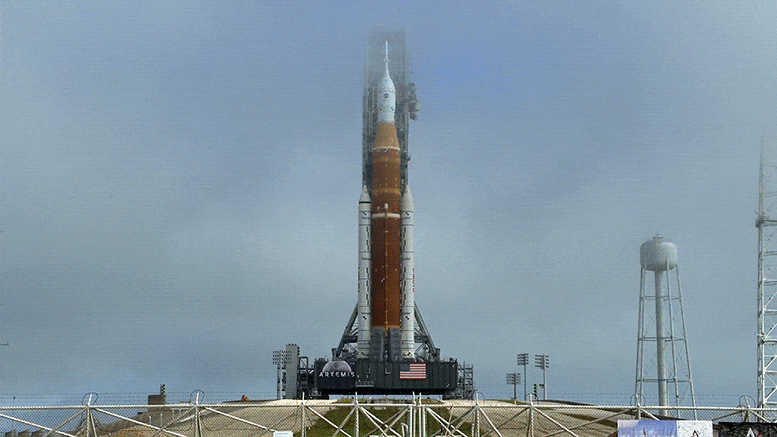
This Week at NASA!
Testing our mega Moon rocket and ground systems …
Preparing the James Webb Space Telescope for science …
And testing an instrument for future X-59 research … a few of the stories to tell you about – This Week at NASA!
Testing Our Mega Moon Rocket and Ground Systems
From April 12-14, NASA conducted a modified wet dress rehearsal for the agency’s Space Launch System rocket and Orion spacecraft on Launch Pad 39B at our Kennedy Space Center in Florida ahead of the uncrewed Artemis I Moon mission. The multi-day wet dress rehearsal focused on loading fuel into the rocket’s core stage tanks, refining countdown procedures, and validating critical models and software interfaces. In addition to the two recent test runs for wet dress rehearsal, this modified test allowed teams to practice operations critical to launch success ahead of the Artemis I mission.
Continuing to Cool the James Webb Space Telescope
On April 7, the Mid-Infrared Instrument (MIRI) aboard the James Webb Space Telescope reached a cooling milestone as it prepares for science this summer. With the assistance of a cryocooler, the instrument reached its final operating temperature of less than 7 kelvins (minus 447 degrees Fahrenheit), that’s just a few degrees above the lowest temperature matter can reach. Webb’s four science instruments, including MIRI, initially cooled off in the shade of the tennis-court-size sunshield, but making the final temperature drop is essential for the observatory’s only mid-infrared instrument that will play a key role in understanding the origins of stars and planets,
Shock-Sensing Flight Instrument for Future X-59 Research
NASA conducted a series of flight tests at our Armstrong Flight Research Center in California, to evaluate improvements made to a shock-sensing probe designed to measure the unique shock waves that our quiet supersonic X-59 aircraft will generate during flight. The probe was mounted on the nose of a NASA F-15 research aircraft to measure shock waves from a NASA F-18, using flight techniques that will test the X-59’s shockwaves during the future acoustic validation phase of quiet supersonic flight.
Hubble Space Telescope Confirms Size of Massive Comet
NASA’s Hubble Space Telescope has determined the size of the largest icy comet nucleus ever seen by astronomers. The estimated diameter of behemoth comet C/2014 UN271 is approximately 80 miles across, making it larger than the state of Rhode Island! Using a series of five Hubble images taken of the comet in January 2022 combined with a computer model of the surrounding dusty coma, scientists revealed a massive, but measurable, starlike nucleus that is about 50 times larger than what’s found at the heart of most known comets.
Lucy Spacecraft Obtains New Calibration Images
On February 14, NASA’s Lucy spacecraft obtained a series of calibration images with its four visible-light cameras. While the first test images were taken shortly after launch, the February tests were much more extensive. Using its Instrument Pointing Platform, Lucy pointed at 11 different star fields to test camera performance and sensitivity, as well as the spacecraft’s ability to point accurately in different directions. Lucy, which launched in October 2021, is the first space mission set to explore a diverse population of small bodies known as the Trojan asteroids.
That’s what’s up this week @NASA …




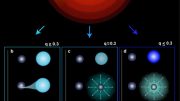
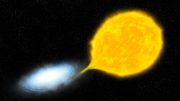
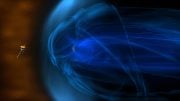

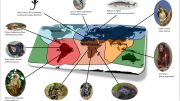
Every day we are learning something new that inspiring my life. Thank you all for educating us.
Respectfully,
Moe Faroqi